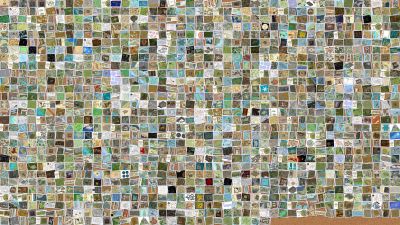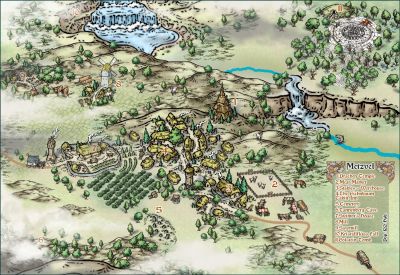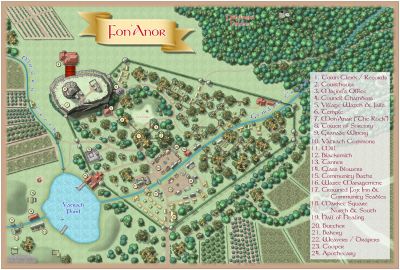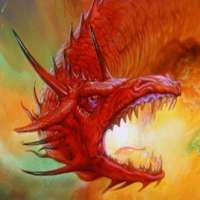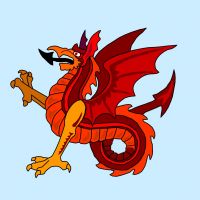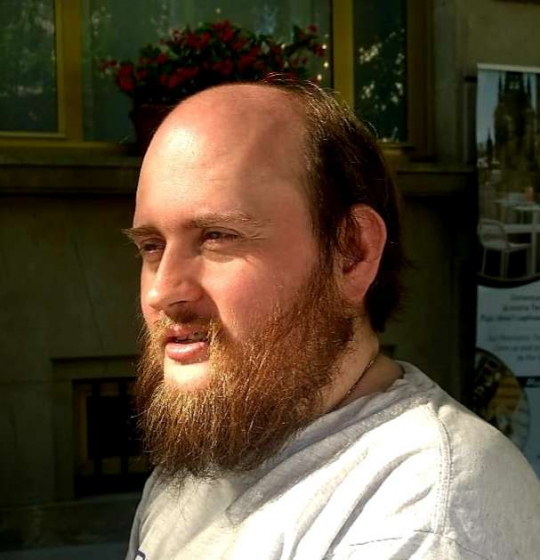
Monsen
Monsen
About
- Username
- Monsen
- Joined
- Visits
- 660
- Last Active
- Roles
- Administrator
- Points
- 8,858
- Birthday
- May 14, 1976
- Location
- Bergen, Norway
- Website
- https://atlas.monsen.cc
- Real Name
- Remy Monsen
- Rank
- Cartographer
- Badges
- 27
-
Creating a Raster Set dimensions.
Technically, they can be any size, because you need to enter the size in the png import dialog when importing the symbols into the symbol catalog. The most important thing is actually to A) know what your size represents, i.e what distance on your map 1 pixel represents, and B) keep internal scaling consistent. If 5' object is 500 pixles, then a 10' object needs to be 1000 pixels.
However, there are standard guidelines used for official PF artwork. Here are the pixels per drawing unit used for the VH version of the symbols. Don't think about the other resolutions, CC3+ will create those from the VH originals:
- Overland: 20
- City: 40
- Dungeon: 100
Note that if you follow these values, they also need to be entered into the import png dialog when importing the symbols, don't just leave it at the default option of 40.
Keep in mind that a drawing unit varies between map types. For overland, it is a mile, for city and dungeon it is a foot. (All symbols are made in imperial, then scaled for use in metric maps).
So as an example, if you wish to create a city symbol that will be 30 feet by 20 feet, the pixel dimensions for the VH version should be 1200 by 800.
-
How to make center of symbol snap to grid instead of bottom
Symbols usually have their snap point (origin) set based on the intended use of that particular symbol. Especially things that are meant to go against a wall or next to another symbol have edge snaps.
The main downside in general here is of course that symbols may have more than one appropriate way of being used. And of course, sometimes the origin point is just plain and simple wrong.
I recommend doing as Sue suggest, just turn off snap whenever you need to place a symbol that doesn't snap like you want it to. Personally, I usually work without snaps when placing symbols anyway, it tend to be a little bit to regular if all the chairs are in the middle of their square and so on. Snap for symbols is mostly needed when you need that perfect alignment.
-
macros won't even load????
You can't have the macro in a separate file, it needs to be in the main fcw32.mac macro file found in the CC3+ data directory (Not the installation directory from your screenshot).
Technically, you can have it in a separate file, but that means loading the file first with LOADMAC, but that isn't a very good idea since that causes the main macro file to be unloaded, and CC3+ relies quite a bit on that one.
Macros can also be stored in separate files if you load them as script files (*.scr), these can then be run directly with the SCRIPT command. Script files only contain one macro, and should not have the MACRO and ENDM lines at the start/end, but are otherwise the same.
-
CC3+ migration from one PC to another
Yes, you can just copy stuff over from one CC3+ data directory to another, including symbols and drawtools and anything else in there. Just make sure you don't overwrite something you didn't intend to. But unless you have messed up your old data directory somehow, and you are running the latest update, most files should be the same anyway.
The only thing to be aware of when it comes to custom stuff, is the question if you made sure to always use relative paths. Of course, if the locations are exactly the same on the new PC it doesn't matter, but if they aren't, you may end up with some red X's if you have used absolute paths in your symbol catalogs and such.
-
Difference between layers and sheets
Just view Sheets the same as layers in Photoshop. They work basically the same way. The naming confusion is just a result of the fact that when image editors started using what they call layers, they completely ignored that that name was already in use and had a different meaning in the CAD world.
As for layers, I don't recommend ignoring them completely, but for the most part, layers are set automatically and don't influence the outcome, so you can actually do most maps without thinking about them at all.


